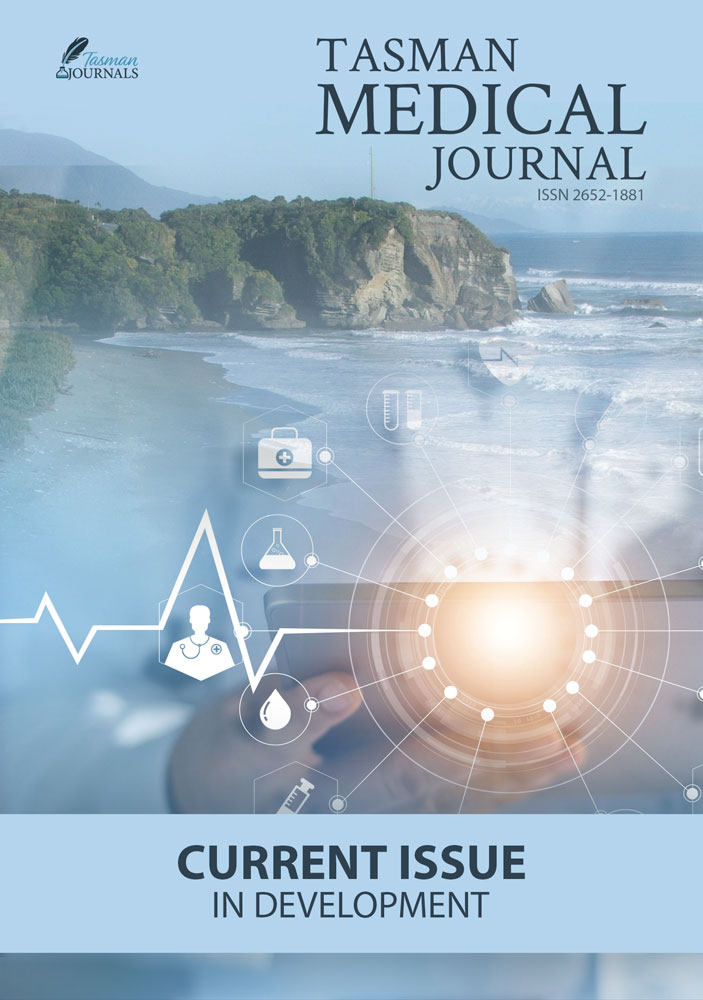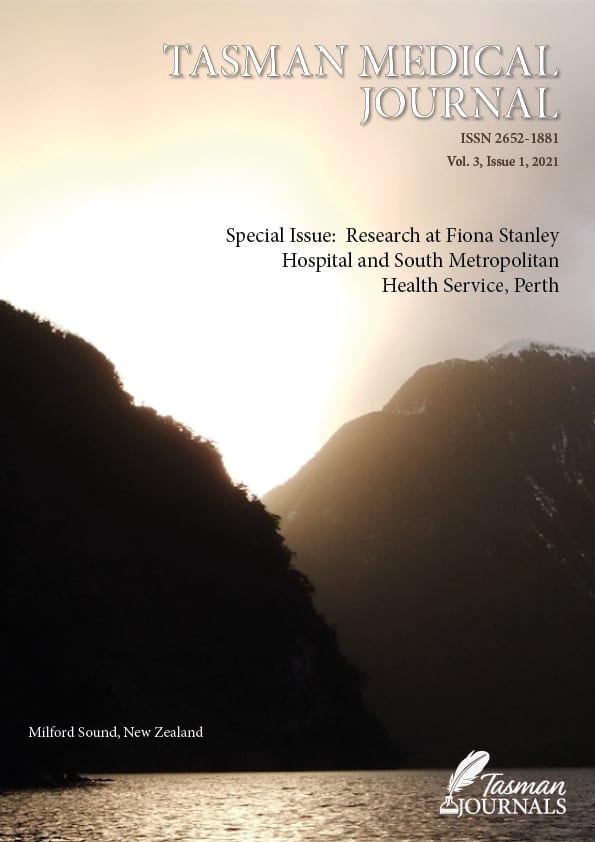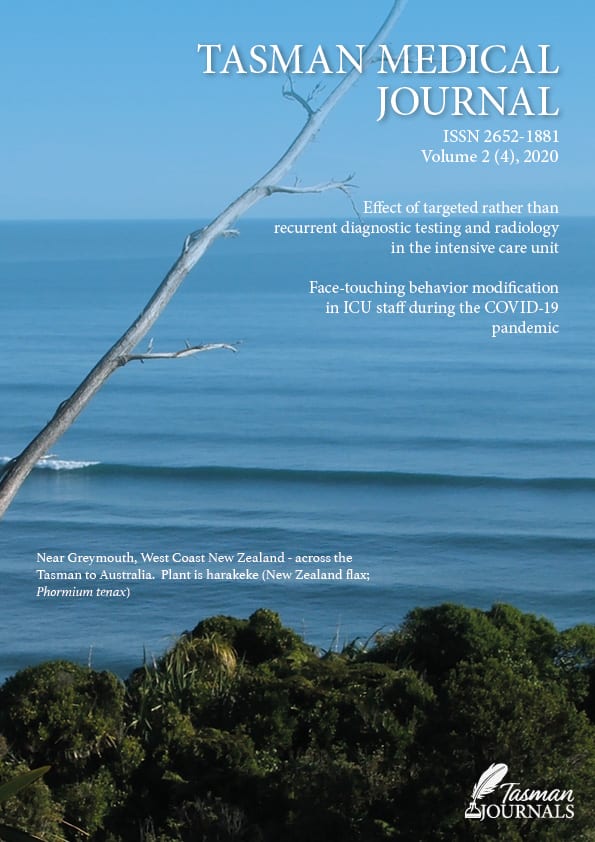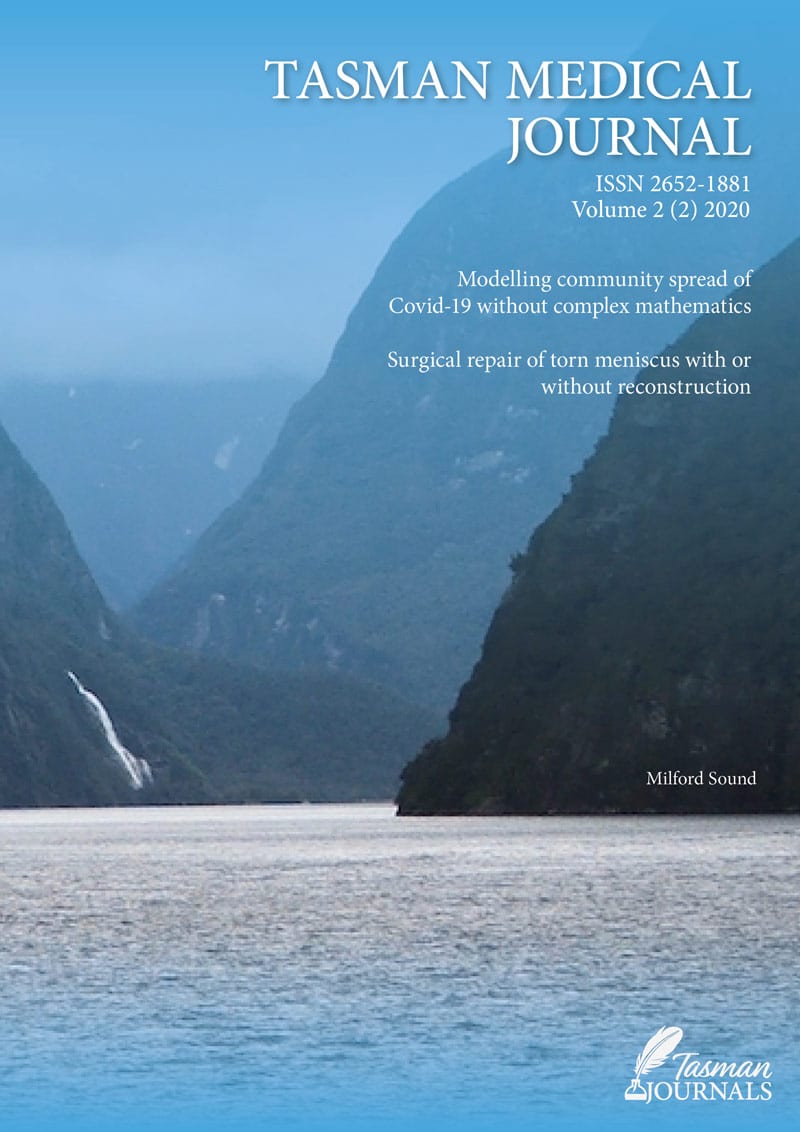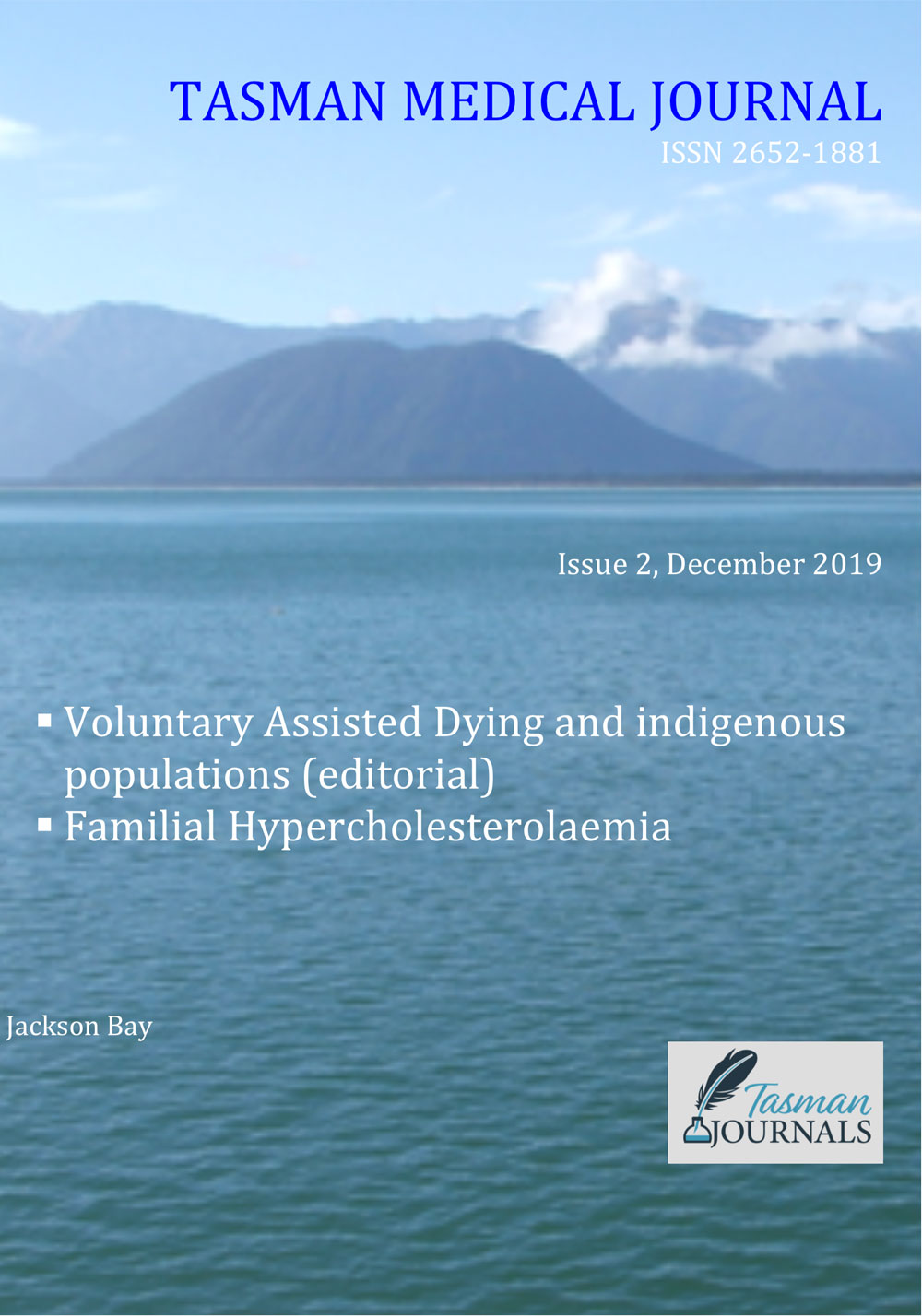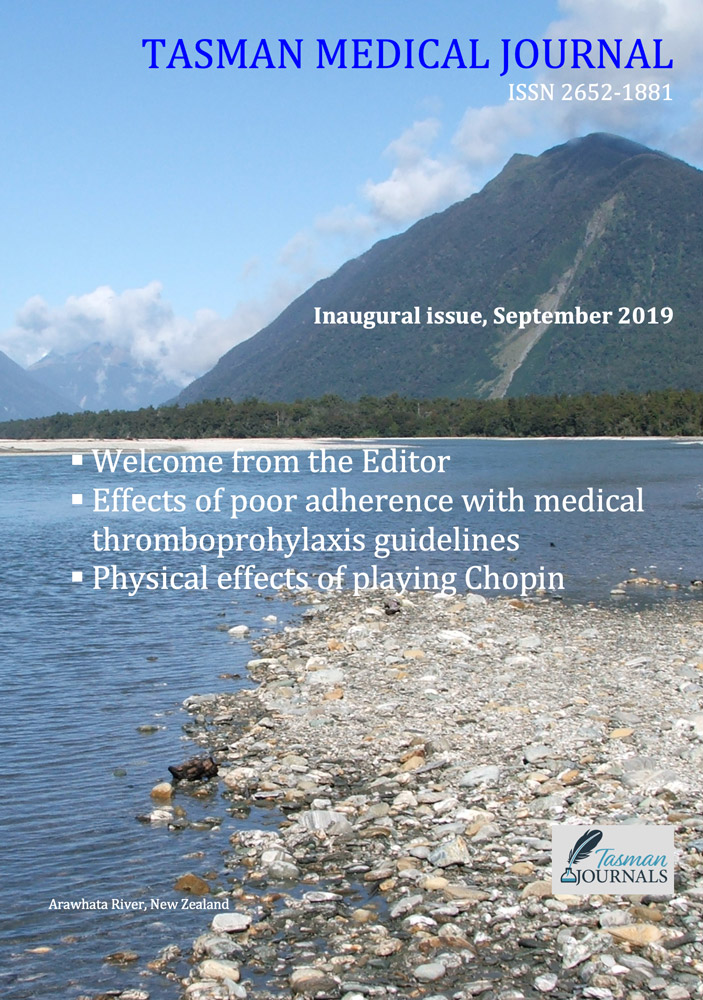IntroductionPatients infected with SARS-CoV-2 (COVID-19 disease) present with respiratory tract infection and symptoms such as fever, cough, fatigue, sputum production and/or breathlessness.1 The spectrum of COVID-19 varies from asymptomatic infection through mild upper respiratory tract illness, to severe and potentially fatal viral pneumonia with respiratory failure. The Chinese Centre for Disease Control and Prevention reported that 70,420 of the 80,928 confirmed cases in China are “cured and discharged from hospital,” while 3,245 have died.2 However, in the early stage of this pandemic, and due mainly to the lack of understanding of the properties of the virus, inadequate medical protection, high infectivity and absence of effective treatment there was a dramatic increase in the number of patients exceeding medical resources. As a result, the initial patient discharge rate was reported to be relatively low.3 Scientists and health care workers around the world are working to improve treatments in order to reduce


